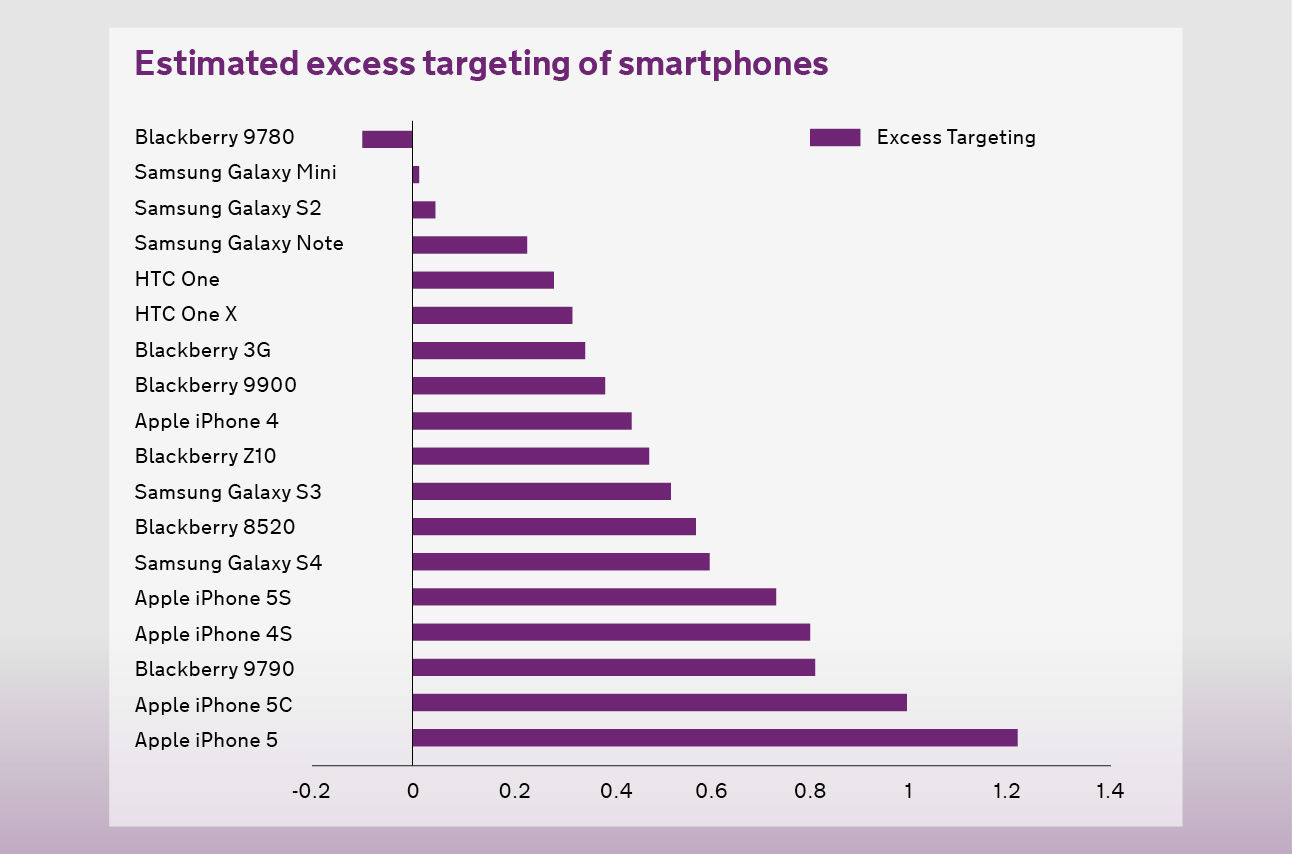 I have always been passionate about using evidence to create more effective public services and influence for the better the decisions people make in their everyday lives.
I have always been passionate about using evidence to create more effective public services and influence for the better the decisions people make in their everyday lives.
In my first public intervention as Cabinet Secretary, I talked about the benefits to the nation’s health of the evidence-based work of the National Institute for Health and Care Excellence (NICE). And I asked a question: if NICE makes sense for medicine, why don’t we have a NICE for the other public services? This was only partly rhetorical.
Four years on, we have seven What Works Centres along the lines of NICE, operating across the policy spectrum, from crime to wellbeing, to help establish more effective policies, both in impact and cost.
Empirical approach
The What Works Network complements the work of the previously established Behavioural Insights Team (BIT), with which it shares an empirical – even experimental – approach to taking on the challenges we face. BIT is a trailblazer in applying behavioural science to public services, based on analysis of what people actually do in given circumstances. (This ‘soft’ approach to changing people’s behaviour quickly earned BIT the unofficial name of “the Nudge Unit”.)
It was the first government entity in the world dedicated to this work, and started off as a small unit here in the Cabinet Office. It is now jointly owned by the UK Government and innovation charity Nesta, and helps administrations around the world learn from UK best practice. It has grown four-fold since leaving government, and is helping set up similar units in Australia and Singapore, while a New York office works across North America.
The focus of behavioural science, by definition, is on people and practice not abstract concepts, and sums up why many of us choose to work in the public service – finding practical ways to make people’s lives better.
The Prime Minister recently wrote about the need for humanity in public service – “a sympathetic understanding of the problems confronting the people we’re all here to serve. That understanding helps us to provide humane, professional services and to answer the public’s questions properly. It also helps us to develop policies.”
Mobile phone theft risk
I think it is fair to say that there was originally some scepticism among ministers, and even a few permanent secretaries, about using behavioural insights to create policy. It was thought by some to be a new age fad, having little connection with the 'real world’. BIT’s work shows this view was quite wrong. BIT challenges traditional and often unfounded assumptions, and tests and trials its own ideas – for example, are late taxpayers more likely to respond to certain messages – before scaling them up into action.
Let’s look at something many of us have in common, the mobile phone and – too often – the experience of having it stolen. Until recently, the police, manufacturers – and thieves – knew pretty much which phones were most at risk. The only people who didn’t were the rest of us, the consumers. BIT analysed crime data to produce an index of which phones are most likely to be targeted. Bringing together behavioural insight and data transparency, the impact on the phone market and crime rates is expected to follow what happened in car security two decades ago. Better-informed consumers will not only keep their phones safer, they will drive improvements by demanding and choosing phones that are more secure.

Important, practical, evidence-based work like this is why I look forward to chairing meetings of the steering board that sets the programme for BIT’s work for the UK Government.
Trial results
Our next meeting will look at the BIT Update Report 2013-15, published today, which shows results from dozens of trials, including:
-
the proportion of people owing the largest 1% of tax debts who paid up within the deadline, jumped by 17 points, after BIT and HMRC devised new messages emphasising that their taxes fund public services
-
the number of small business bosses clicking on information about government grants rose by between 1.6% and 2.4% after BIT added a simple message to 400,000 government emails, saying their company had been “chosen” for the assistance (the grant was, after all, targeted only at some businesses)
-
a change in messaging to encourage organ donation showed that a message based on reciprocal action worked best (“If you needed an organ transplant would you have one? If so please help others”), adding 100,000 donors to the register in 12 months
The report illustrates a UK Government success story. It shows how BIT have taken an idea that was lampooned in some quarters and have demonstrated that it works; and it shows how UK civil servants can quickly adopt new ideas to develop effective policy.
Think 'nudge'
So, please, read the report. See what lessons could apply to your own policy area, and think about running trials in order to understand better what works.
Above all, I hope you will be encouraged to think 'nudge’. Sometimes, legislation is absolutely necessary, but it can be a blunt instrument, removing choice, and isn’t always the best option. Using behavioural insights to give people a ‘nudge’ in a different direction, allowing them to act in their own interests in a more informed way, can bring about change that benefits everyone.
The BIT MINDSPACE report helps you draw on the increasingly rich findings from the behavioural sciences. It provides a simple framework to help policy makers apply behavioural insights.

9 comments
Comment by Mark posted on
No Afro-Carribean staff. Given all the talk of context, hard to see how the intrinsic contextualisation of belonging to the community can be represented here, as you 'nudge' us all hither and thither.
Comment by Julie Carter posted on
Hi Dave, what insights do you see ?. Are you suggesting some sort of sexism in relation to the posing of a photograph,
Comment by Paul Thomas posted on
I don’t see a problem with the government using evidence as a predictive tool for planning future expenditure, but I do with the idea of using it to “influence for the better the decisions people make in their everyday live.” This would be to assume that the government knows what is best for us, and it’s therefore ok to "nudge" us into making "better" lifestyle choices as judged by those in power. I can see at least two problems with this.
First, on a practical level, we have the constant flip-flopping of "evidence-based" advice on what we should eat and drink – which should be our decision alone. Secondly, following this, what happens if we continue to exercise our autonomy and make our own non-government approved decisions about our lifestyles? Would we then face the “blunt instrument” of legislation to force us to conform?
Comment by David Bird posted on
Within the report is a page of photographs of those I take to be the team members. What insights into behaviour are reflected when the majority of men are in the top half of the page and women in the bottom half?
Comment by Paul posted on
Who's have thought that huh - that the most popular Smartphone is the one most likely to be targetted by thieves? No-one wants to nick your old Blackberry, for obvious reasons....
Comment by Marian posted on
The stuff on mobile phones woudl have happened with or without BIT - in my opinion. Unless it goes viral on social media of some kind - only government and academia (who like doing this sort of thing) will rate it. Who outside of government have hasd a lot of praise for this "initiative"? Sorry but still think this is a fad - a bit like all the motorway sign nags that are completely ignored. How much does the BIT team cost? How much does the "think Tank" who come up with the motorway and roadside nags cost. In a time of austerity we shoudl be expecting paid staff to do real jobs!
Comment by Mark T posted on
Humane policy making, or patronizing? It's a top down model, deciding what is good for people and then trying to manipulate them in to doing what you want them to do, even if you believe that it is for their own good, it usual involves the usual suspects, 'they eat too much, smoke too much , drink too much' adults should be free to make these decisions for themselves. We're really talking about government telling people how to live, without having the courage to admit that that's what they're doing.
Comment by Keith posted on
From a quick cursory glance at the mobile phone list it seems the more expensive the phone the more likely it is to be targeted for theft and vice versa. No analysis needed in my opinion, just common sense as Id assume the thieves know only too well which phones to expend their efforts on for a better pay day.
Comment by John Dixon posted on
This is very interesting, but I wonder if its obverse is ever considered by policymakers: if we do this, how will people react....
Departments frequently impose change, generally without consultation, on their own people. Change that doesn't work with human nature works, shall we say, less well. Some red-teaming or empathic analysis would go some way at least to improving reactions to change.
A whole new field for the Nudge Unit (great name BTW)!